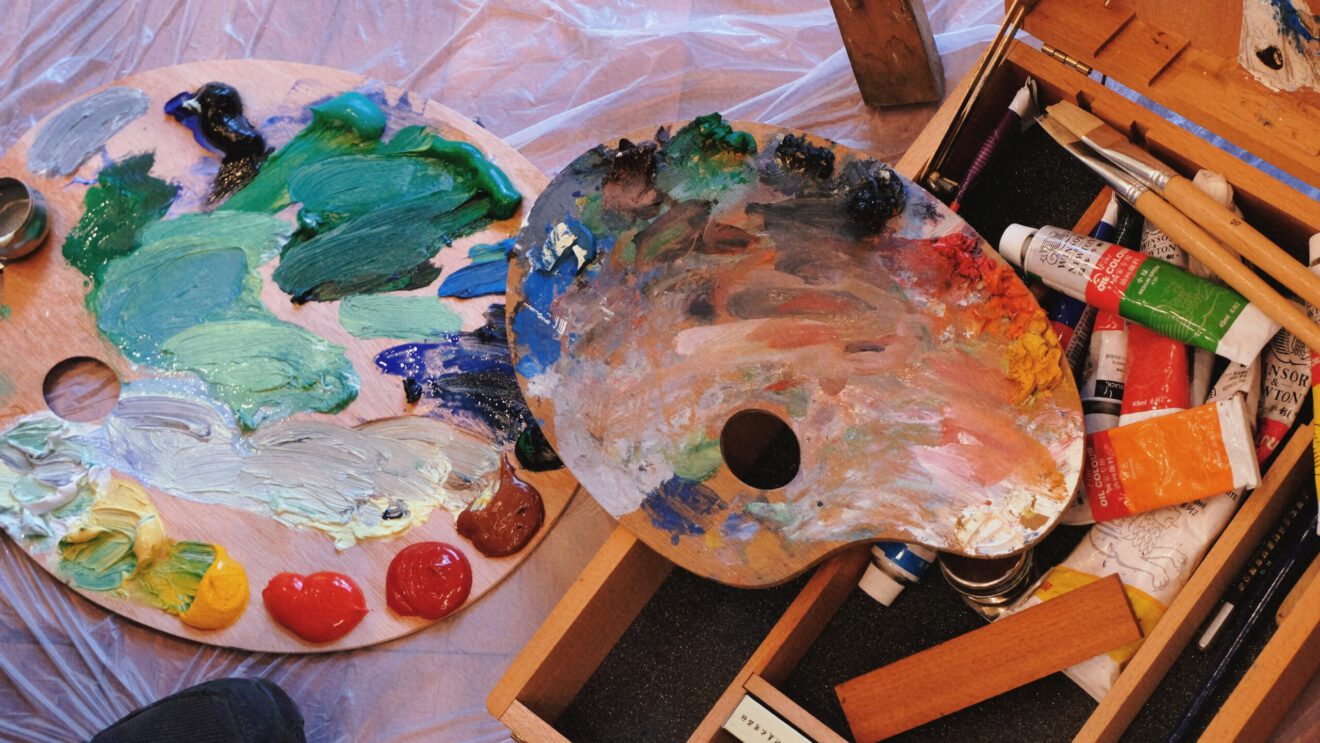
As a former public school teacher and current director of three schools, I’m happy to see that increasing teachers’ salaries has become a rare political issue that Republicans and Democrats agree on. With educators all over the country burning out and leaving the profession, though, paying them more is not enough to keep them excited about their work. Teachers are artists, and they must be allowed to exercise their creativity.
Over the years, I’ve learned that the key to keeping your best teachers in the classroom and delivering lessons that are both fun and educational is simple: School leaders need to have the confidence to allow teachers the autonomy to be the artists they are. Here are three ways that any school can do that.
Allow them to design their own rooms
It helps a teacher control the energy in a room if school leadership gives them the freedom to arrange their own furniture and create centers and stations. A lot of schools give teachers a detailed map of what their classroom has to look like. I give my teachers the autonomy to design their own space.
Every summer when I paint all three of my schools, I take every bit of furniture and everything hanging on the walls and put it in the middle of each room. When teachers come back in the fall, whether they’re returning or new, they have the power to decide how they think their room is going to work best that year. Every year my returning teachers have a different design based on their learning experiences from the year before.
Give them flexibility within the curriculum
I truly believe that teachers are artists, and their art is to figure out the most exciting and effective way to teach a subject. When I was a teacher, I was a curriculum nerd, and I still am. The more curriculum you see, the more you realize that there are an enormous number of ways to teach any given subject or skill.
For example, take germination. There are so many fun ways to teach this concept! Imagine that a classroom full of children is excavating a pumpkin for a Halloween project. They can take the seeds they scoop out and use them to do a germination study.
The beauty of teachers having the autonomy to express their creativity is that they can and will find the best activity to reinforce their germination lesson. They can have students germinate seeds in ziplock bags or plant them in transparent cups. They can use grow-crystals, which are transparent, water-based orbs that allow the seed to receive proper moisture. Students then get the excitement of observing the seed rip through the seed coat and watching the shoot and root development. No matter what the method, the concept remains the same, while the experience that students and teachers share is purely up to the educator.
Encourage them to customize to each year’s students
As a school leader, you don’t want to ask your teachers to reinvent the wheel every fall. That being said, I have found that both students and teachers are more engaged on a daily basis when teachers have the opportunity to make changes to their classroom and the ways they teach based on the group they have in any given year. They could have a group of five boys who are so high-energy that everything from the layout of the room to the types of centers they choose will change. In this case, teachers might want to utilize the furniture to create obstacles of a sort. Staggering tables, shelves and manipulatives can minimize the amount that children can run around the classroom.
As schools across the country are considering the economic implications of raising teachers’ salaries, it’s important to note that none of the ideas I’ve mentioned require a financial investment — but they do require an investment of trust. Again, teachers are artists, and leaders who trust the artists in their classrooms will see that the best learning happens when teachers have the freedom to develop relationships with their students and use their skills and experience to make lessons come to life for every student in their class.
Carmelo Piazza is the executive director/educational director of Brooklyn Preschool of Science. Reach out to him at [email protected].
Opinions expressed by SmartBrief contributors are their own.
_________________________
Subscribe to SmartBrief’s FREE email ASCD newsletter to see the latest hot topics in education. It’s among SmartBrief’s more than 250 industry-focused newsletters.
